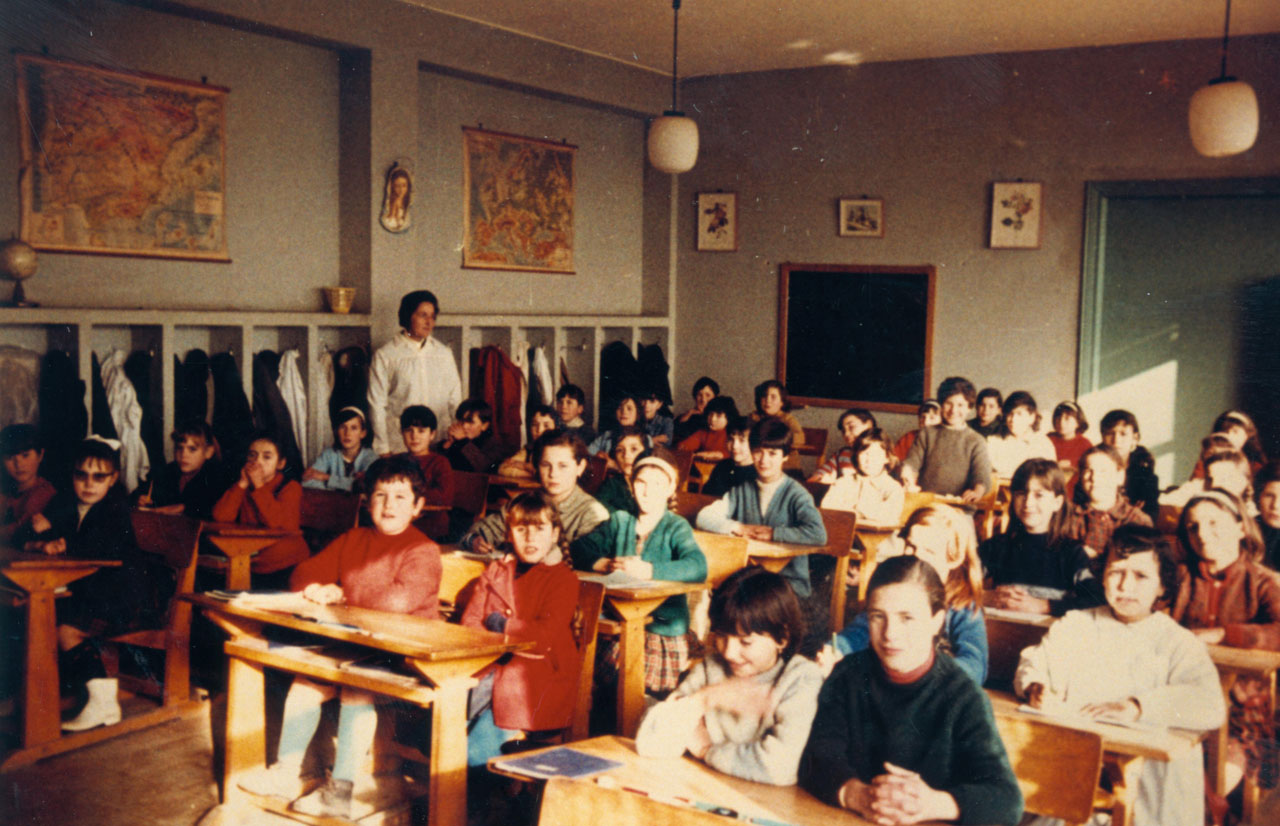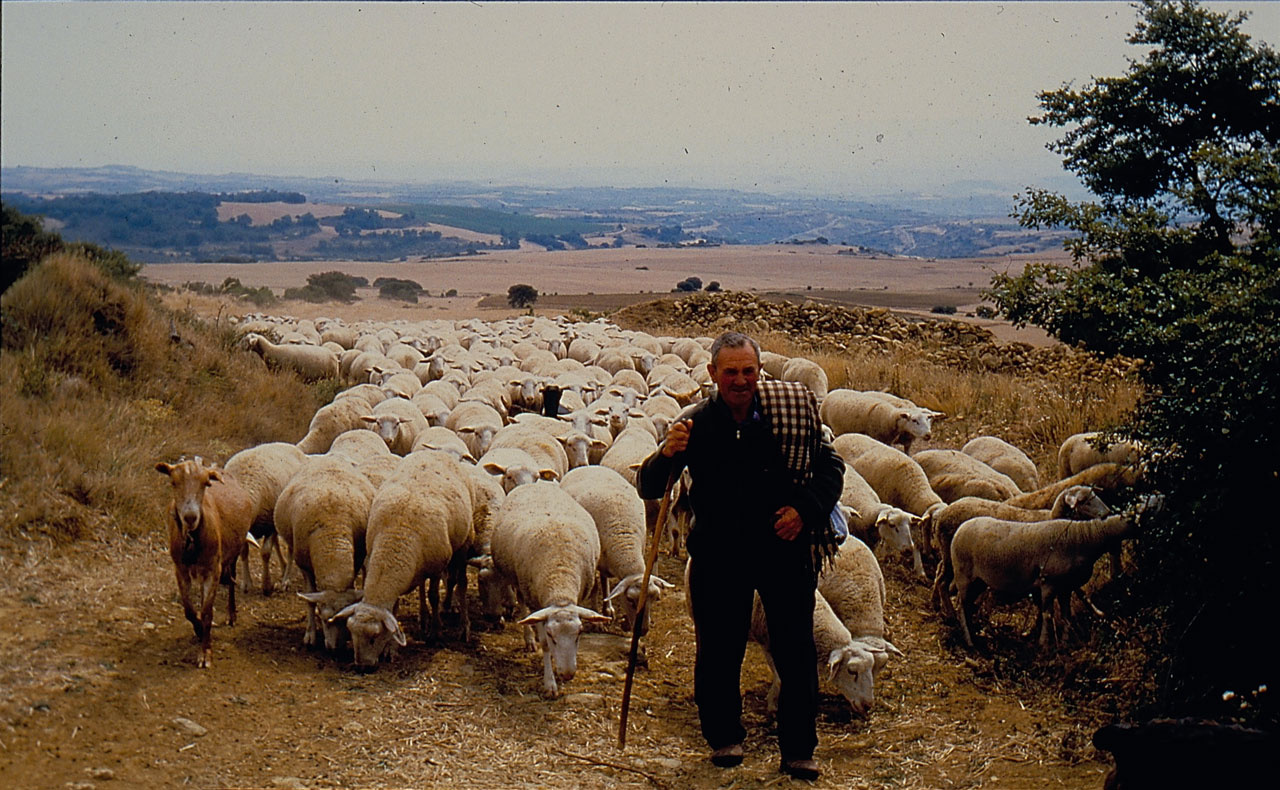Main Page/en
De Atlas Etnográfico de Vasconia
Revisión del 15:03 10 feb 2020 de Admin (discusión | contribuciones)
Cooking on the hearth. Apellániz (A), 1981. Source: López de Guereñu, Gerardo. “Apellániz. Pasado y presente de un pueblo alavés” in Ohitura 0, Vitoria-Gasteiz: Chartered Government of Álava, 1981.
House and Family in the Basque Country


House and Family in the Basque Country
The kitchen in the farmsteads was where people would usually gather together and was at the heart of family life.
Family Diet in the Basque Country


Family Diet in the Basque Country
Ogi erre berri, etxe galgarri. Soft bread at home, an unruly household.
Children’s Games in the Basque Country


Children’s Games in the Basque Country
Korruka Al corro de las patatas, naranjas y limones, como comen los señores, alupé, alupé, sentadito me quedé.
Traditional Medicine in the Basque Country


Traditional Medicine in the Basque Country
Zantiratu, zan urrutu, zana bere lekuan sartu.Spell against sprains
Rites from Birth to Marriage in the Basque Country


Rites from Birth to Marriage in the Basque Country
Maritxu-teilatuko, gona gorriduna, eutsi hagin zaharra ta ekarzu barria. Popular recitation
Funeral Rites in the Basque Country


Funeral Rites in the Basque Country
Each homestead used to have a burial site inside the church’s nave. When burials were transferred to cemeteries, the once real burial site in church became a symbolic family grave, were offerings of light and bread were made to their dead.
Shepherd from Lanciego (A) on the climb to Toloño, 1996. Source: José Ángel Chasco, Etniker Euskalerria Groups.
Livestock Farming and Shepherding in the Basque Country


Livestock Farming and Shepherding in the Basque Country
The Mediterranean watershed of the Basque Country was, and to a large extent is, characterized by the importance of the commons, the communal character of their exploitation by associations and brotherhoods comprising multiple municipalities still persisting today.
Agriculture in the Basque Country


Agriculture in the Basque Country
San Jurgi, artoak ereiteko goizegi; San Markos, artoak ereinda balegoz. St George’s Day is too early to sow maize and St Mark’s Day is too late.








